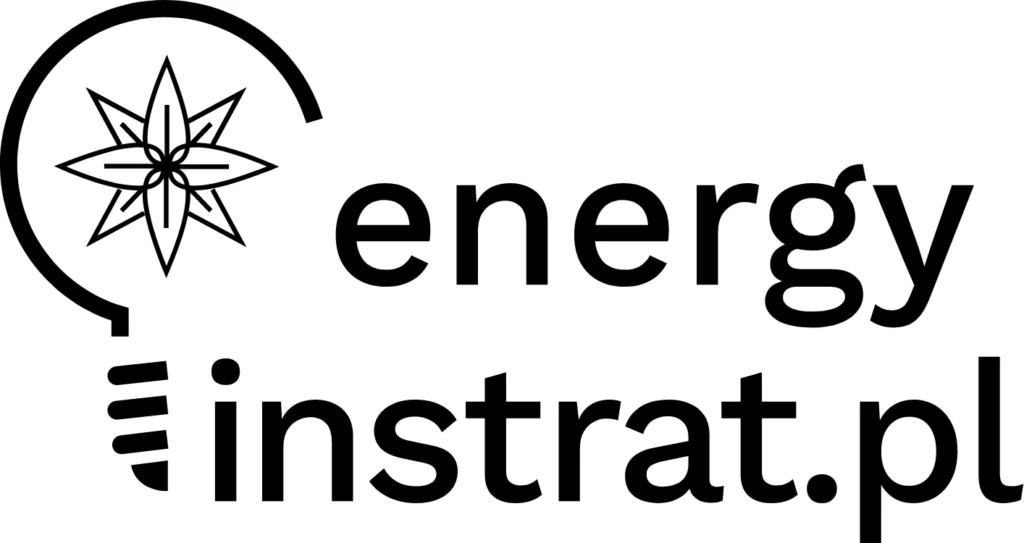Hourly production of electricity by power plants connected to the National Power Grid. The sources are divided into two groups, based on whether or not they emit carbon dioxide during electricity production. Net energy is the one injected directly into the electricity grid. It does not include the energy consumed by power plants for their own needs.
Emissive energy sources: hard coal, lignite, natural gas, biomass, oil, other (oil, coke-oven gas, other unspecified).
Non-emissive energy sources: onshore wind, photovoltaics, water (hydroelectric power plants type run-of-river, reservoir), energy storage (currently only hydro pumped storage).
The data is published by ENTSO-e, but originates from the Transmission System Operator (Polskie Sieci Elektroenergetyczne) on the basis of continuous readings of the power at which the individual units operate.
